Minnegram is a quarterly publication of the University of Minnesota Water Resources Center and is sponsored by the University of Minnesota College of Food, Agricultural and Natural Resource Science, University of Minnesota Extension, the USGS-USDI National Institutes for Water Resources, and the Agricultural Experiment Station.
Recent Minnegram News
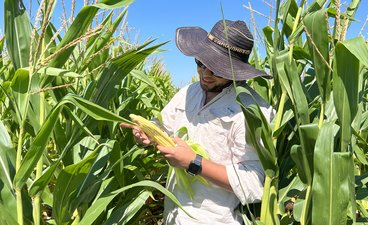
Cover crops and their role as an integral nitrogen management strategy for sandy soils
Doctoral student Eduardo Garay Lagos writes about his experience on a WINS project evaluating the impact of annual vs. perennial cover crop systems and their interaction with different nitrogen rates on irrigated sandy soils.
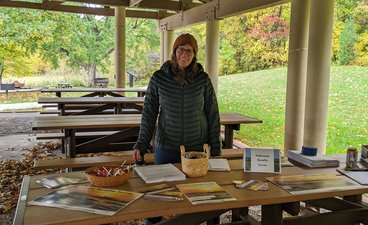
Water Resources Science graduate student research navigates Indigenous data sovereignty and university open research policies
Molly Wick, doctoral student in the Water Resources Science graduate program, writes about her recent case analysis published in Ethics & Human Research which highlighted how research universities may not have adequate policies in place to support research in collaboration with sovereign Indigenous communities.
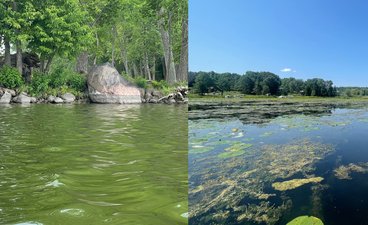
Aluminum sulfate (alum) treatments: A surprising boost for aquatic plant growth
Graduate student, Katie Hembre, has spent the last two summers alongside her lab mates assessing the water quality and plant communities in nine MN and WI lakes across the Upper Mississippi Basin. Hembre's research aims to provide insight into the relationships between alum applications, water quality dynamics, and native and invasive aquatic plants.
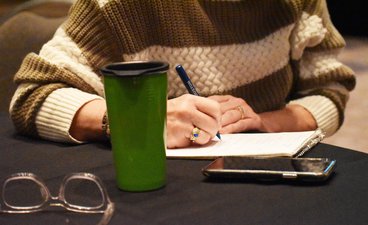
Minnegram editor Christine Hansen retires
After a long career with the U of M Water Resources Center, Minnegram editor Chris Hansen will retire on April 19. In what will be her last Minnegram post, we asked her a little about her time with the WRC, and what she anticipates life will be like in her well deserved retirement.
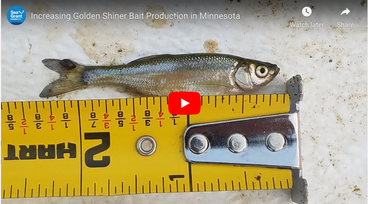
Increasing Golden Shiner Bait Production in Minnesota
The University of Minnesota Sea Grant (MNSG) program and partners are investigating new strategies for producing Golden Shiner fish for Minnesota’s bait industry. The project is supported by a three-year $188,000 grant from the Legislative-Citizen Commission on Minnesota Resources.
